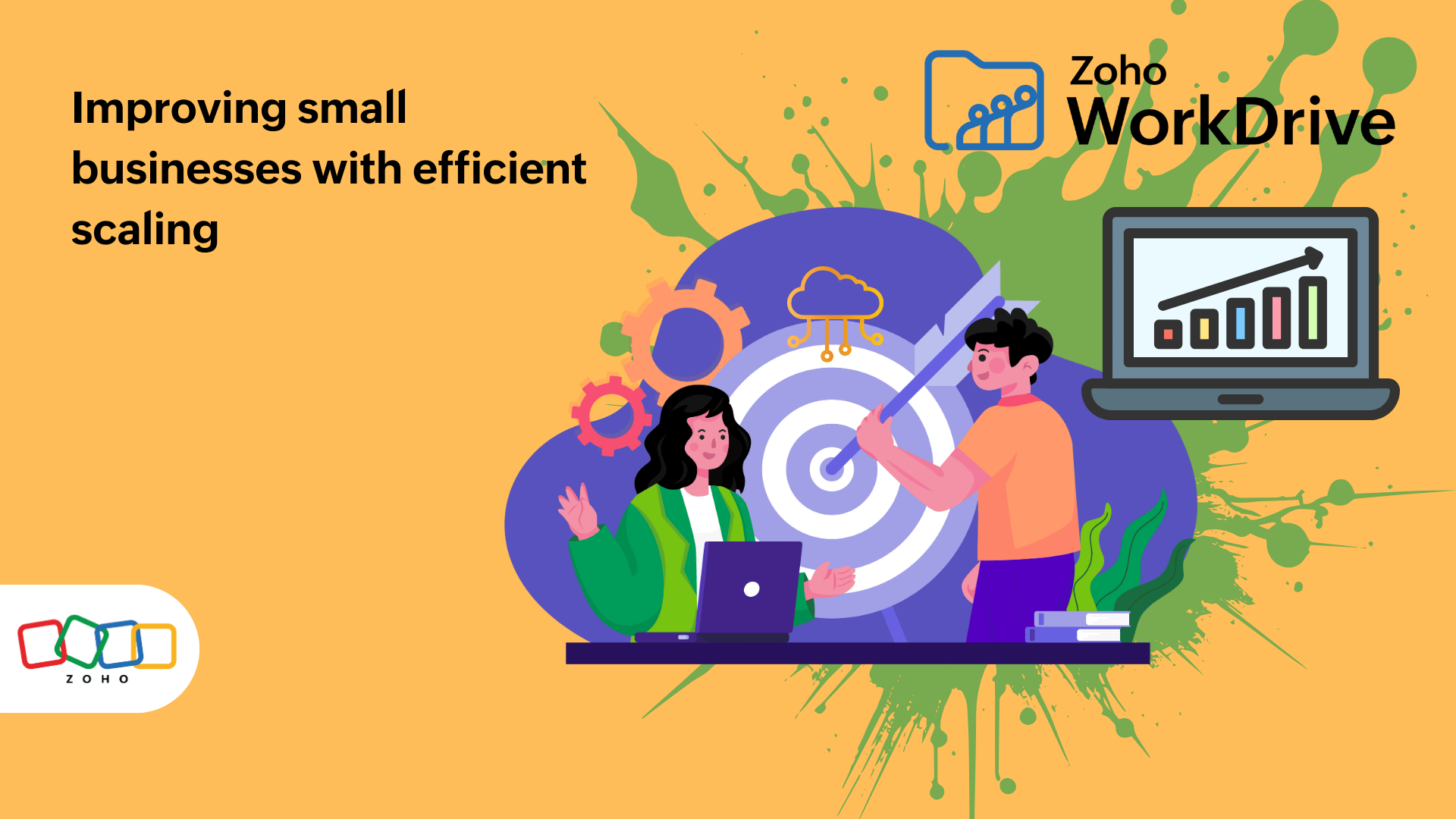- HOME
- Work Culture
- How tools become an extension of the workplace
How tools become an extension of the workplace
- Last Updated : December 17, 2023
- 632 Views
- 3 Min Read

The tools we use at work are an important part of our daily grind. Whether it's a physical gadget or a software solution, tools help us do tasks that would otherwise be impossible. Learning to use any new tool can take a lot of time and patience, but once you’ve learned it properly, it becomes a part of you.
How tools create an ecosystem
 Firstly, we should define the word "ecosystem" in this context. A workplace consists of people, with individual skill sets and preferred applications, working towards a common set of goals. Without any of these components—people, skills, and applications—the workplace ecosystem cannot function.
Firstly, we should define the word "ecosystem" in this context. A workplace consists of people, with individual skill sets and preferred applications, working towards a common set of goals. Without any of these components—people, skills, and applications—the workplace ecosystem cannot function.
Of course, people in an organization come and go, while goals change and multiply. This is why effective, reliable tools are an essential part of the ecosystem.
No sculpture can be completed by just looking at a piece of stone. You have to chisel and smooth the stone in order to realize your vision. Similarly, no work task can be completed without a proper solution in place. The tools we use to meet our goals at work are essential to a thriving ecosystem.
Learning about and understanding your tools
Every day spent learning your workplace’s ecosystem helps you face your tasks better and turn over a greater output. The first few times you held a pen as a child, it was something unknown, but with enough time, it became something you don’t even think about!
Slowly, as you grow and get used to your organization's software solutions, you will start exploring new ways to approach problems—even older ones you had solved in the past. Now, why does this matter?
Imagine a forest. Plants are the conduit between the soil and the other organisms around it. They provide the means to break the soil’s gifts down to a more “digestible” result for animals to consume.
People often have untapped ideas, but lack the means to channel them toward their work. Tools help them shape their ideas, and make them accessible in the workplace. Just like plants, tools help us make the most of our untapped resources!
WorkDrive and you
 As mentioned above, it takes time and patience to become an expert at using a system, and by extension, the work it's used for. However, with an online document management platform, like WorkDrive, it is easy to grasp the basics, even if it takes some time to get used to the advanced features.
As mentioned above, it takes time and patience to become an expert at using a system, and by extension, the work it's used for. However, with an online document management platform, like WorkDrive, it is easy to grasp the basics, even if it takes some time to get used to the advanced features.
What’s better is that it’s not necessary to learn everything about WorkDrive, unless it’s required for your role. You don't need to worry about having to understand the entire framework immediately.
WorkDrive helps you channel your focus by keeping all your important files in a single, centralized location, which is connected to a powerful suite of office productivity apps, ensuring your creative process never loses momentum.
The average US employee spent an average of 34.5 hours working per week in the month of September. This is a huge chunk of time, and it only makes sense to make sure it's being used effectively. With your files and folders labeled and organized in WorkDrive, you’re never lost. And you are always connected with your peers and their work. Whether a comment is made on your document or an edit is made to a file, you are always in touch with what’s going on.
Conclusion
Software solutions are a means to achieve things otherwise considered impossible, and WorkDrive fits seamlessly into your day-to-day work process—by becoming an extension of you.
You, on the other hand, become part of a greater collective while individually honing your expertise in your industry. So what’s stopping you from doing something new with your tools?


